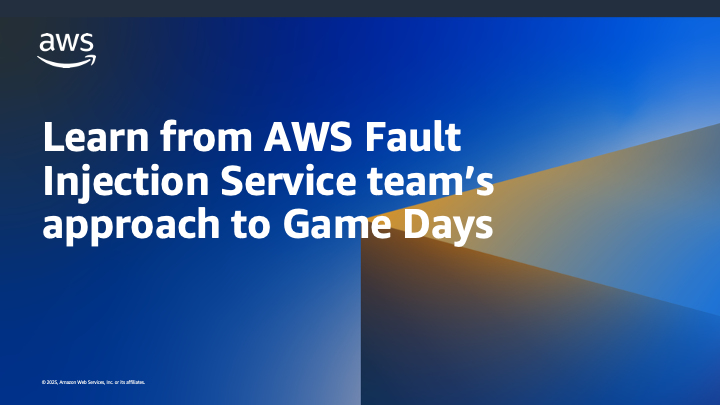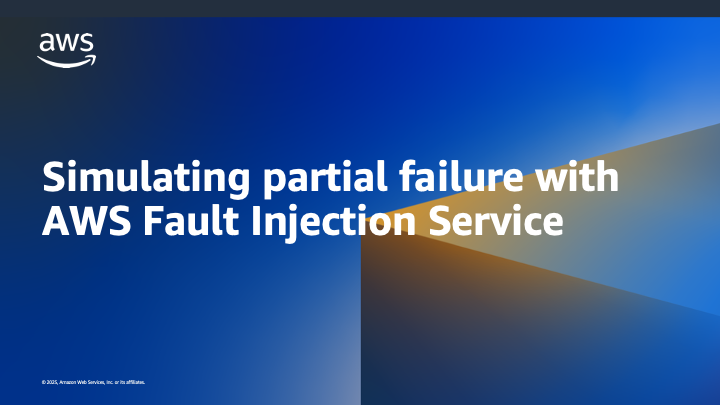AWS Cloud Operations Blog
Tag: aws fault injection simulator
Learn from AWS Fault Injection Service team’s approach to Game Days
In today’s digital world, availability and reliability are crucial competitive advantages. For DevOps and SRE teams, the ability to respond quickly and effectively to incidents can mean the difference between a minor issue and a major disruption of service that impacts millions of customers. Teams must have clear-cut runbooks and appropriate observability to be ready […]
Simulating partial failures with AWS Fault Injection Service
Modern distributed systems must be resilient to unexpected disruptions to maintain availability, performance, and stability. Chaos engineering helps teams uncover hidden weaknesses by deliberately injecting faults into a system and observing how it recovers. While traditional testing validates expected behavior, chaos engineering tests system resilience during failures. AWS Fault Injection Service (AWS FIS) is a […]
Implementing recommended experiments using the AWS Resilience Hub console
Amazon Web Services (AWS) is excited to introduce an enhanced integration between AWS Resilience Hub and AWS Fault Injection Service for facilitating the process of creating and running chaos experiments. We’ll focus on how to leverage this integration through the AWS Management Console, offering a user-friendly, point-and-click approach. The console interface is ideal for those […]
Implementing recommended experiments using AWS Resilience Hub APIs
Amazon Web Services (AWS) is excited to introduce an enhanced integration between AWS Resilience Hub and AWS Fault Injection Service that streamlines the process of creating and running chaos experiments. We’ll focuses on how to leverage this integration through the AWS Command Line Interface (AWS CLI), catering to users who prefer command-line tools for automation […]
Introducing AWS Fault Injection Service Actions to Inject Chaos in Lambda functions
Usage of serverless technology in regulated industries like financial services is growing. This growth demands robust resilience validation. Chaos engineering for Serverless has become crucial for ensuring reliable and available serverless applications. By purposefully injecting failures and stresses into serverless components, teams can uncover hidden weaknesses and validate the fault tolerance of their systems. Previously, […]
Bootstrap your chaos engineering journey with AWS Fault Injection Service Scenarios Library
Ensuring the reliability and resilience of applications is crucial for maintaining business continuity, delivering a superior customer experience, and staying compliant with industry regulations. As defined in the AWS Well-Architected Framework Reliability Pillar, testing reliability plays an important role in ensuring reliability. Chaos engineering is a powerful way to not only test how your systems […]
Chaos engineering leveraging AWS Fault Injection Simulator in a multi-account AWS environment
Large-scale distributed software systems in the cloud are composed of several individual sub-systems—such as CDNs, load balancers, web servers, application servers and databases—as well as their interactions. The interactions sometimes have unpredictable outcomes caused by unforeseen events (for example, a network failure, instance failure, etc.). These events can lead to system-wide failures of your critical […]






